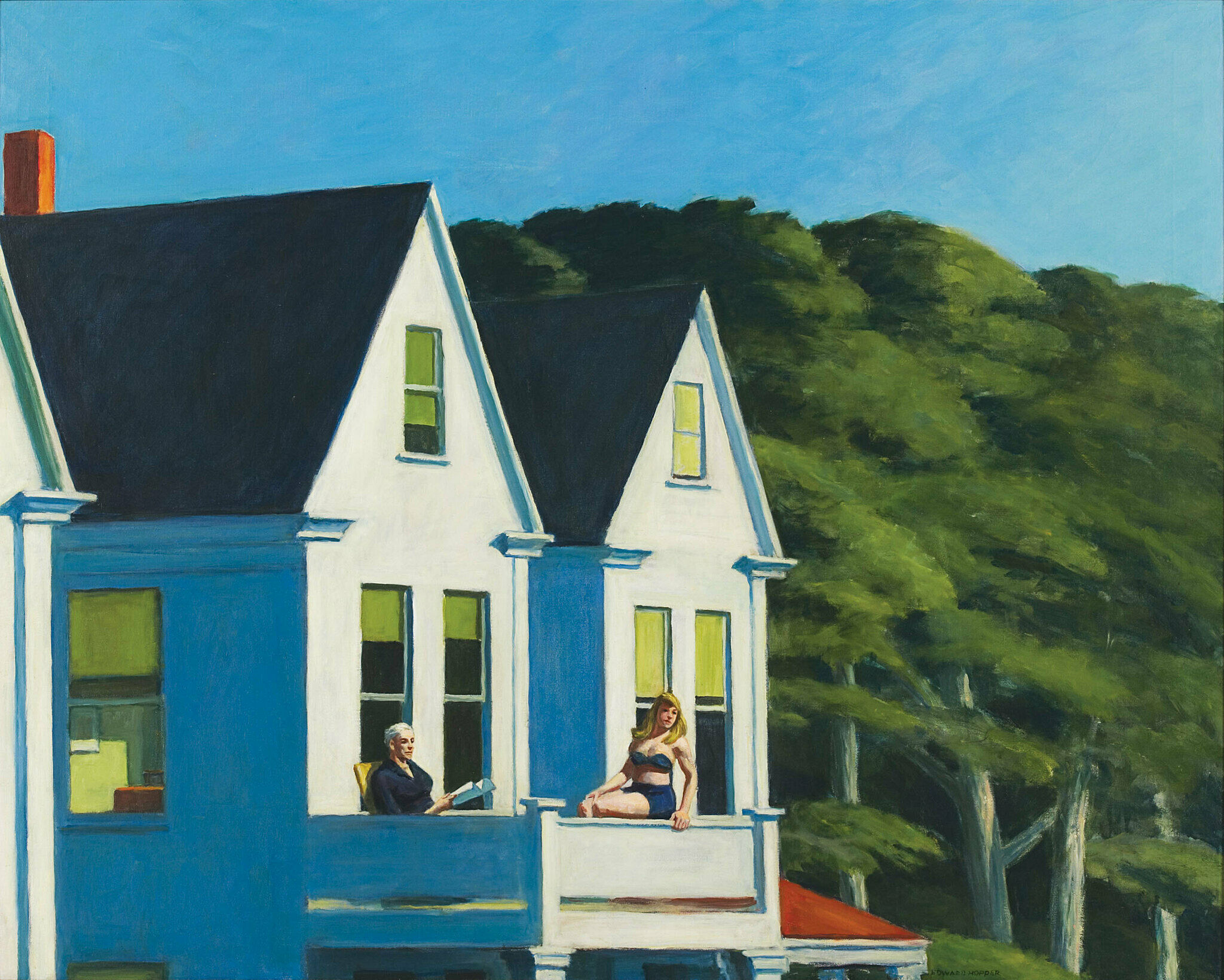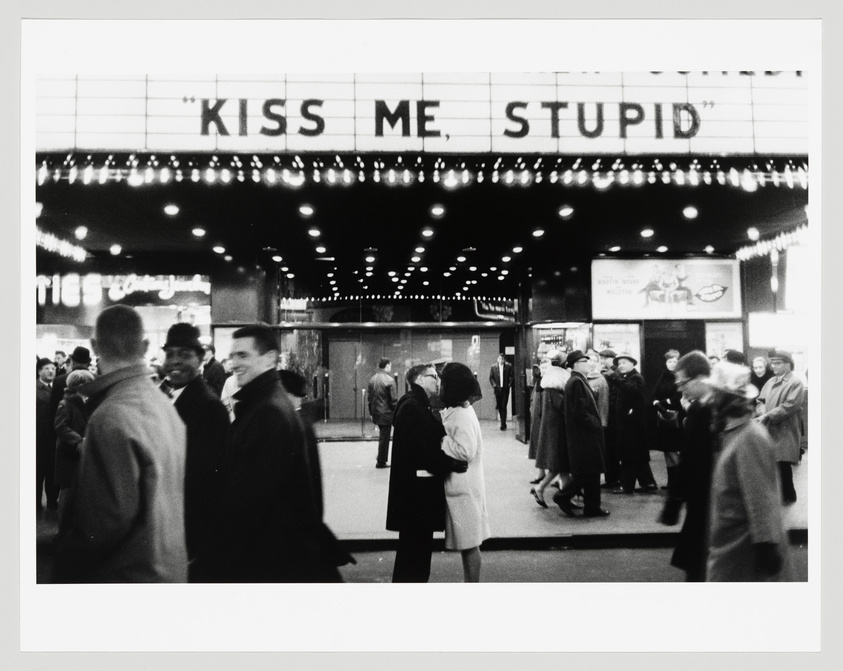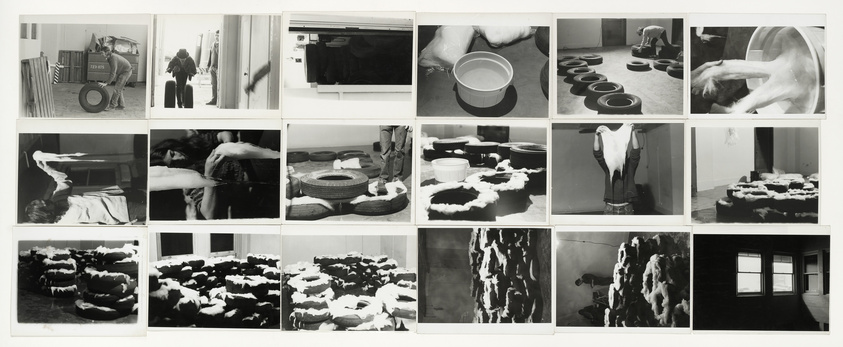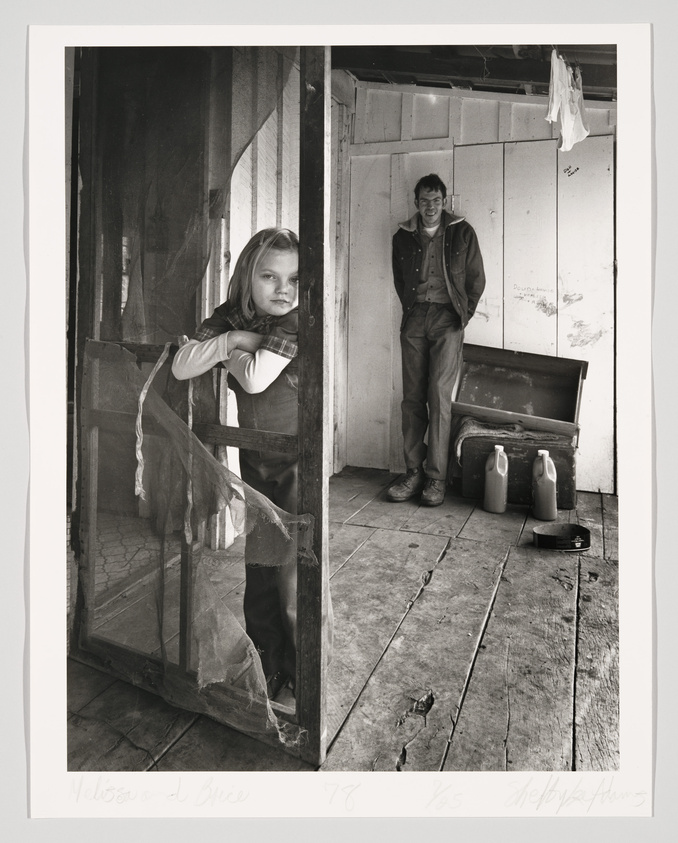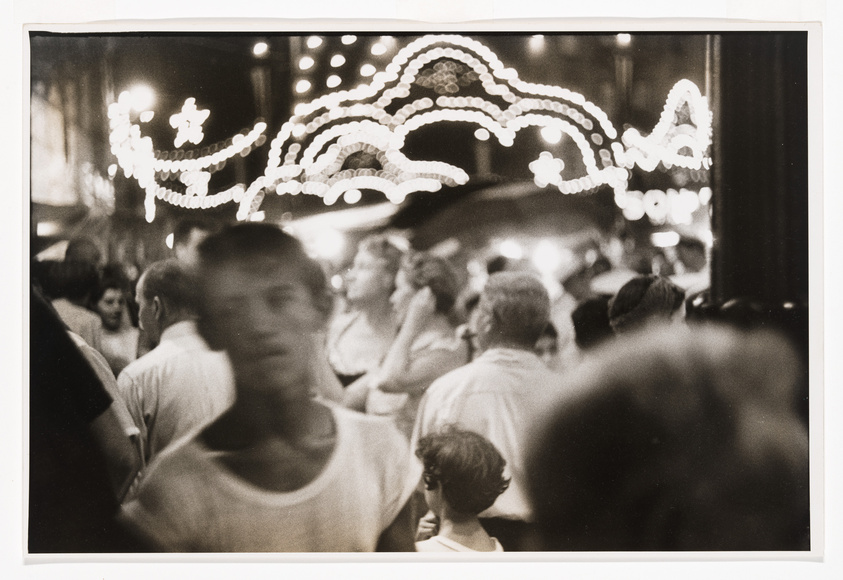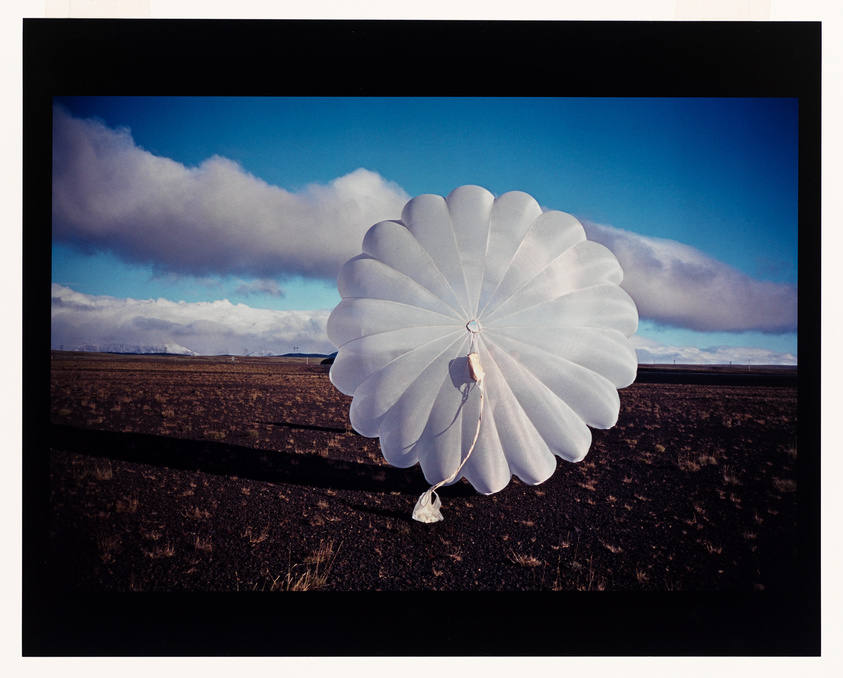Stephen Shore
1947–
Introduction
Stephen Shore (born October 8, 1947) is an American photographer known for his images of scenes and objects of the banal, and for his pioneering use of color in art photography. His books include Uncommon Places (1982) and American Surfaces (1999), photographs that he took on cross-country road trips in the 1970s.
In 1975 Shore received a Guggenheim Fellowship. In 1971, he was the first living photographer to be exhibited at the Metropolitan Museum of Art in New York City, where he had a solo show of black and white photographs. He was selected to participate in the influential group exhibition "New Topographics: Photographs of a Man-Altered Landscape", at the International Museum of Photography at the George Eastman House (Rochester, New York), in 1975–1976 which helped to define the New Topographics genre.
In 1976 he had a solo exhibition of color photographs at the Museum of Modern Art. In 2010 he received an Honorary Fellowship from the Royal Photographic Society.
Wikidata identifier
Q586141
Information from Wikipedia, made available under the Creative Commons Attribution-ShareAlike License . Accessed December 19, 2025.
Introduction
Born 8 October 1947. Shore began his first photographic experiments in 1953 and took his first colour photographs in 1956. In 1970 Shore participated in a workshop given by Minor White. At this point he began to work in large-format colour photography. He concentrated on photographing landscape, streets and buildings. From 1977 to 1982 Shore was commissioned by the Metropolitain Museum of Art, New York, to photograph Monet's gardens at Giverny, France. American photographer.
Country of birth
United States
Roles
Artist, photographer
ULAN identifier
500040819
Names
Stephen Shore, Stephen Eric Shore
Information from the Getty Research Institute's Union List of Artist Names ® (ULAN), made available under the ODC Attribution License. Accessed December 19, 2025.

